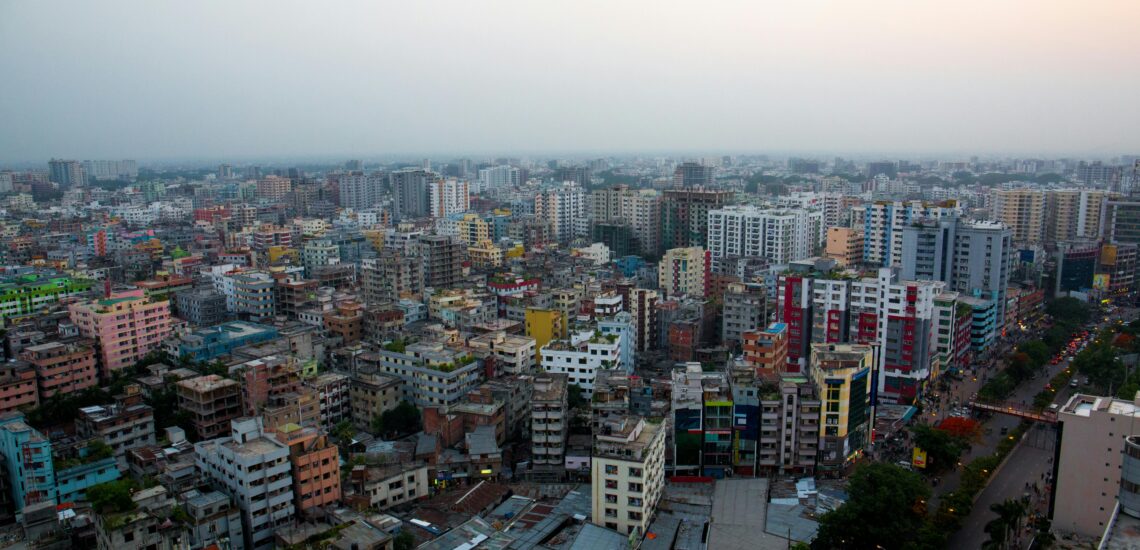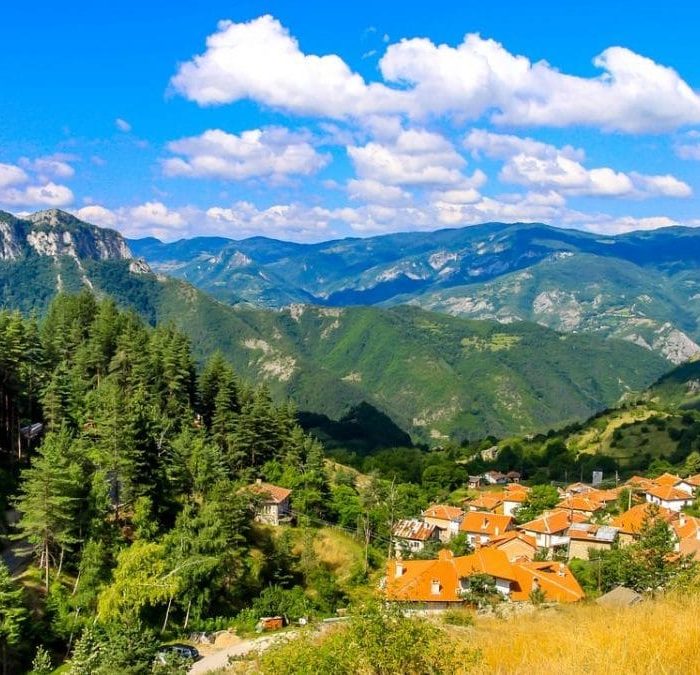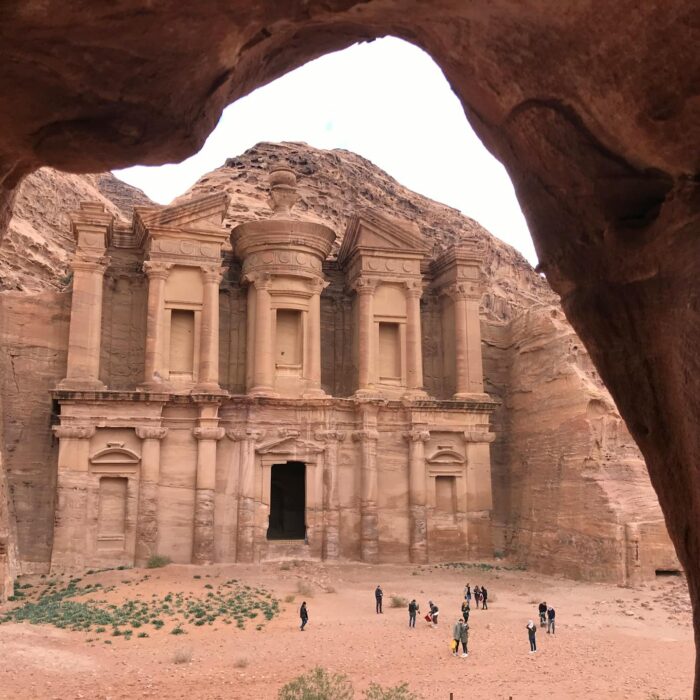10 Interesting Facts About Bangladesh
Quick facts about Bangladesh:
- Population: Bangladesh is home to over 160 million people.
- Official Languages: Bengali is the official language of Bangladesh.
- Capital: Dhaka serves as the capital city of Bangladesh.
- Government: Bangladesh operates as a parliamentary democracy.
- Currency: The official currency of Bangladesh is the Bangladeshi Taka (BDT).
1 Fact: Bangladesh is a country of rivers
Bangladesh, known as the “Land of Rivers,” is defined by its extensive waterways. The country boasts a network of approximately 700 rivers, including major ones like the Ganges (Padma), Brahmaputra (Jamuna), and Meghna. This intricate river system not only shapes Bangladesh’s unique landscape but also contributes significantly to its agricultural productivity, transportation, and cultural identity. The rivers form the largest delta globally and are a vital part of the nation’s economic and ecological dynamics.
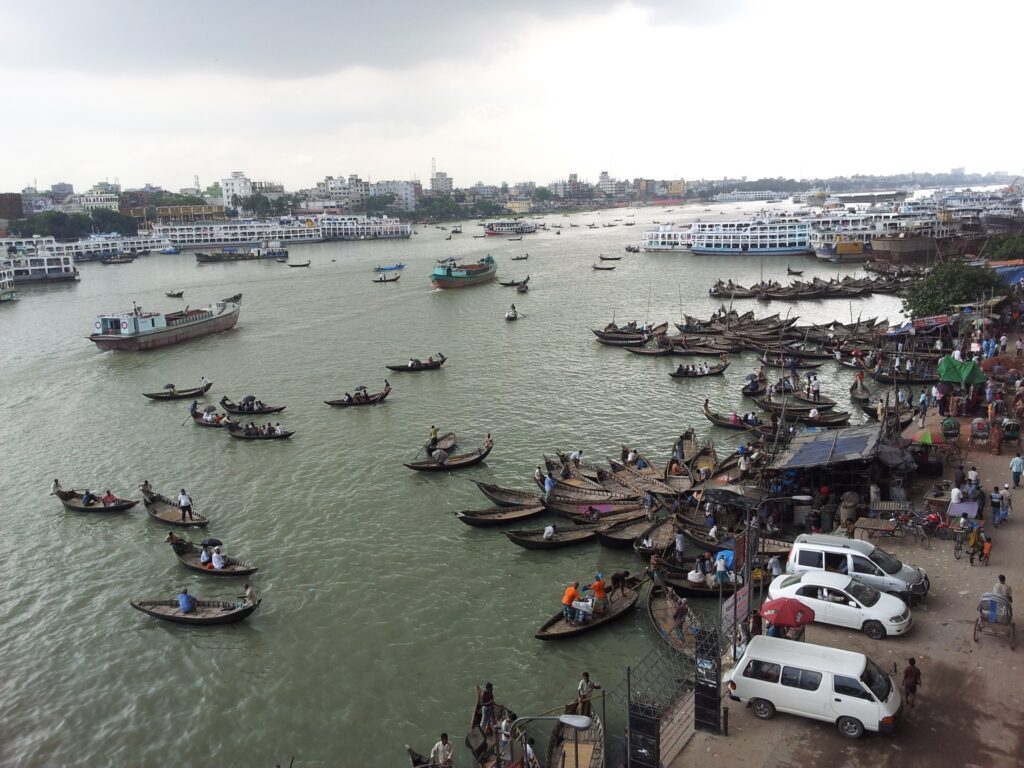
2 Fact: Bangladesh’s independence from Pakistan is relatively recent
Bangladesh’s independence from Pakistan is a relatively recent historical event. The country officially gained independence on December 16, 1971, following a nine-month-long war of independence. The conflict, known as the Bangladesh Liberation War, resulted in the creation of the independent sovereign state of Bangladesh. This struggle for independence was a pivotal moment in the region’s history, marking the end of East Pakistan and the emergence of Bangladesh as a distinct and sovereign nation.
3 Fact: The country is overpopulated, poor and has environmental problems
Bangladesh, with a population exceeding 160 million, faces challenges associated with overpopulation and poverty. Environmental issues, including cyclones and flooding, further compound the difficulties. Despite these challenges, the country is actively working on initiatives for sustainable development, environmental conservation, and disaster preparedness to improve the overall well-being of its citizens and the environment.
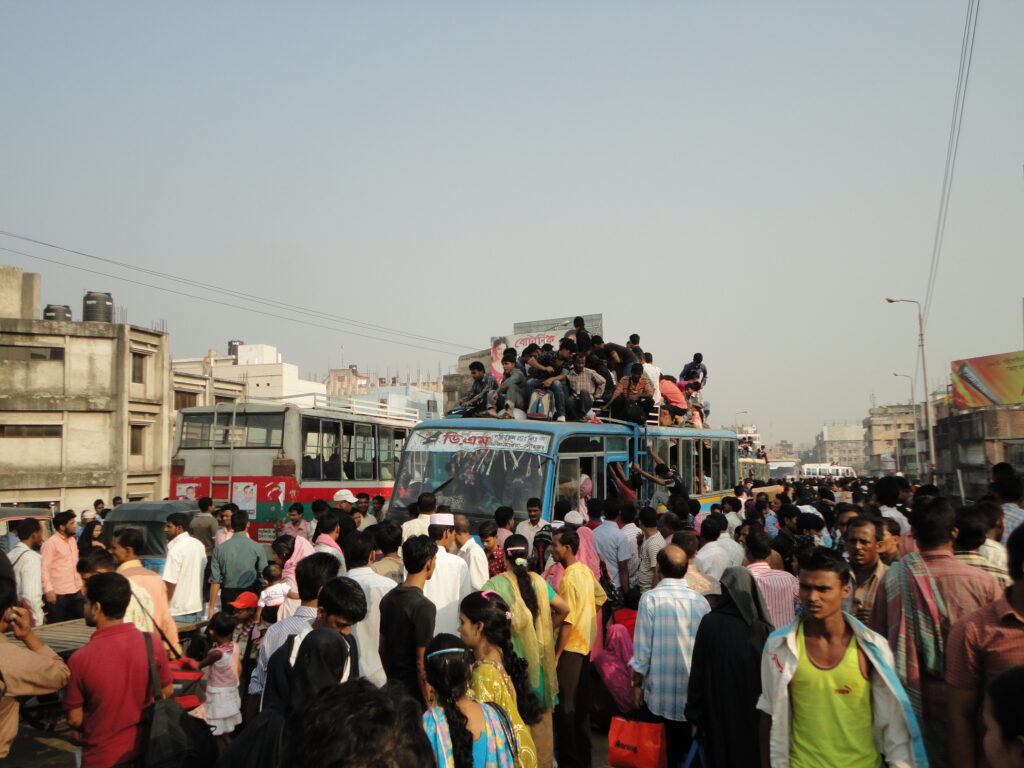 Bellayet, CC BY 3.0, via Wikimedia Commons
Bellayet, CC BY 3.0, via Wikimedia Commons4 Fact: Bangladesh is home to the Begnal tigers
Bangladesh is the habitat of the Bengal tiger, a magnificent species whose stronghold is the Sundarbans, the world’s largest mangrove forest located in the southwestern part of the country. With an estimated population of around 114 tigers, these big cats are crucial for the biodiversity of the region. The term “Bengal” in Bengal tiger refers to the historical region of Bengal, which encompasses parts of Bangladesh and India. This iconic species, known for its distinct coat and powerful presence, underscores the importance of conservation efforts in preserving Bangladesh’s natural heritage and the global significance of the Sundarbans ecosystem.
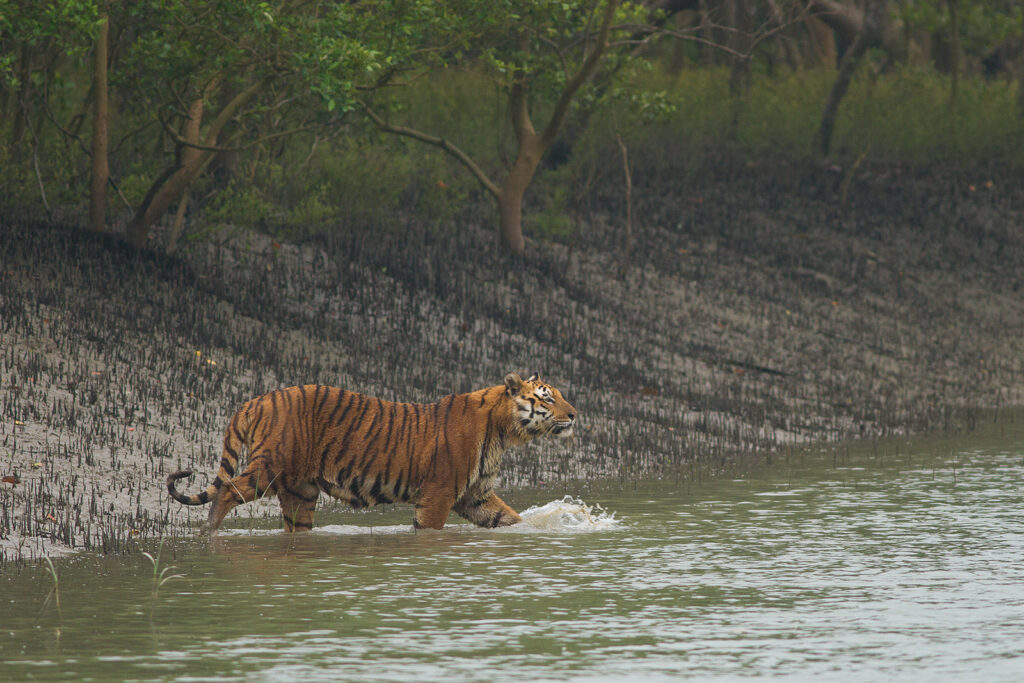 Bellayet, CC BY 3.0, via Wikimedia Commons
Bellayet, CC BY 3.0, via Wikimedia Commons5 Fact: The main transportation in Bangladesh is two-wheelers
In Bangladesh, two-wheelers, particularly motorcycles and bicycles, serve as the primary mode of transportation for a significant portion of the population. The widespread use of two-wheelers is attributed to their affordability, fuel efficiency, and maneuverability, making them well-suited for navigating through the country’s often congested roads and diverse terrains. Motorcycles, in particular, provide a convenient and accessible means of transportation, especially in urban and rural areas where public transport infrastructure may be limited.
Note: If you plan to visit the country, check if you need an International Driving License in Bangladesh to drive.
6 Fact: Bangladesh is a Muslim country
Islam is the official state religion, and the majority of the population adheres to the Islamic faith. The culture, traditions, and daily life in Bangladesh are significantly influenced by Islamic practices and beliefs. However, it’s worth noting that Bangladesh is known for its religious diversity, with small communities of Hindus, Buddhists, and Christians coexisting alongside the Muslim majority.
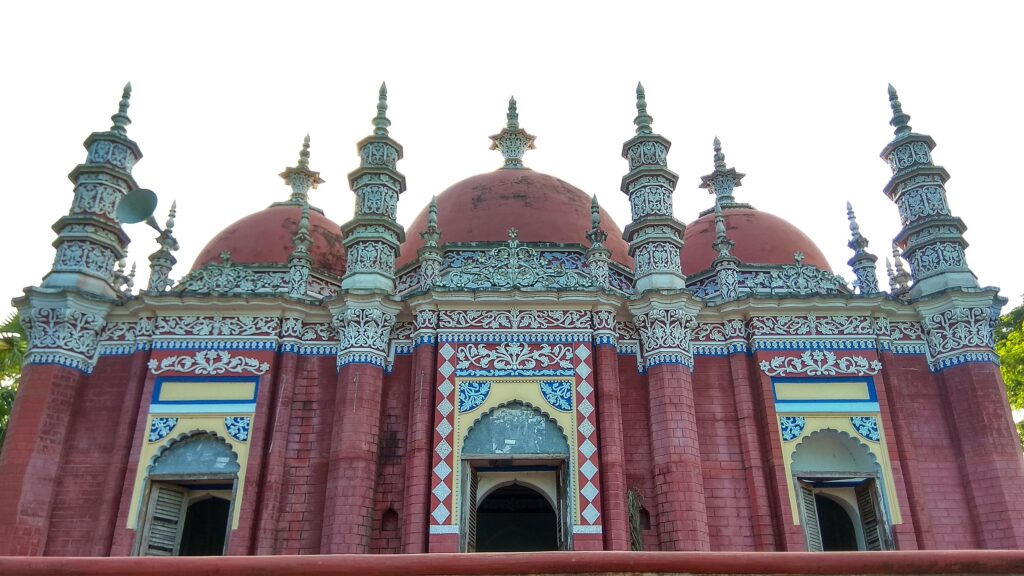 শাহাদাত সায়েম, CC BY-SA 4.0, via Wikimedia Commons
শাহাদাত সায়েম, CC BY-SA 4.0, via Wikimedia Commons7 Fact: There’s a lot of fish in the diet
Given the country’s abundant water resources, including rivers and ponds, fish is a readily available and affordable source of protein. Bangladesh has a rich tradition of preparing various fish dishes, reflecting the diverse culinary practices across different regions. Whether grilled, curried, or prepared in other ways, fish plays a central role in the daily meals of many Bangladeshis, contributing not only to their nutritional needs but also to the cultural richness of the cuisine.
8 Fact: Bangladesh has one of the longest beaches in the world
Bangladesh boasts one of the longest natural sea beaches globally, known as Cox’s Bazar. Stretching approximately 120 kilometers along the Bay of Bengal, this stunning beach attracts both locals and tourists. The beach’s vast expanse of golden sands and its scenic beauty make it a popular destination for relaxation and recreation. Beyond its sheer length, Cox’s Bazar is renowned for its unique combination of natural beauty, cultural diversity, and vibrant local life, making it a significant coastal treasure for Bangladesh.
 Syedhasibulhasan, CC BY-SA 4.0, via Wikimedia Commons
Syedhasibulhasan, CC BY-SA 4.0, via Wikimedia Commons9 Fact: Bangladesh is a country that produces a huge number of textile products
Bangladesh is a global powerhouse in textile production. The country is one of the largest exporters of textile and garment products in the world. With a significant textile industry, Bangladesh plays a crucial role in the international supply chain, producing a vast array of clothing items, including garments, textiles, and apparel. The sector contributes significantly to the country’s economy, providing employment for millions of people. Bangladesh’s textile industry is known for its efficiency, cost-effectiveness, and versatility in meeting the demands of the global market.
10 Fact: The country has 3 UNESCO World Heritage sites
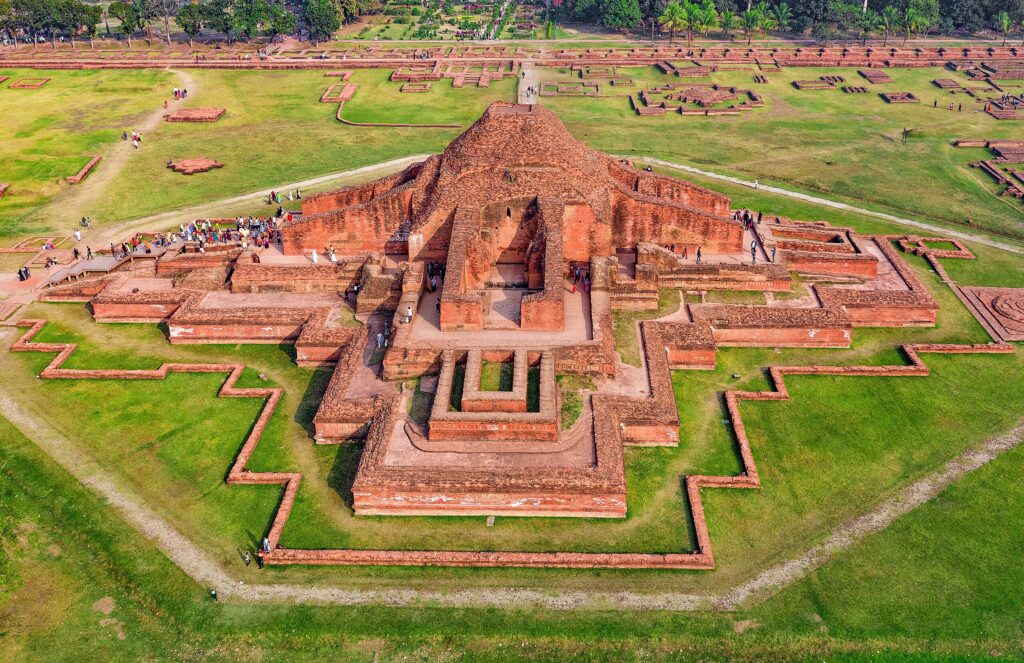 Abdulmominbd, CC BY-SA 4.0, via Wikimedia Common
Abdulmominbd, CC BY-SA 4.0, via Wikimedia CommonBangladesh boasts three UNESCO World Heritage sites, each contributing to the country’s rich cultural and natural heritage. The Sundarbans Mangrove Forest, recognized for its ecological significance, is the largest mangrove forest globally and a habitat for the endangered Bengal tiger. Bagerhat, known as the Historic Mosque City, features remarkable 15th-century mosques and structures that showcase the architectural and cultural achievements of a medieval Muslim city. Additionally, the Ruins of the Buddhist Vihara at Paharpur offer a glimpse into Bangladesh’s historical connection to Buddhist culture through the archaeological remains of an ancient monastery.

